Panamanian Golden Frog
My 6th grade project on the Panamanian Golden Frog, an animal who has become extinct in the wild. This is an adaptation of my original website, which you can fine at: http://panamagoldenfrog.weebly.com/
Atelopus Zeteki
The Panamanian Golden Frog is well-known in Panama, the country it is named for, and it is believed by locals that the frog brings good luck to all who pass it by. Some even believe that when the frog dies, it turns to pure gold. In 2010, Panama decreed August 14 National Golden Frog Day. The huge parade held in honor of the amphibian, is a testimony to it's importance to the country's people.
The famed frog is critically endangered, in fact, many biologists believe it to be extinct in the wild. It's numbers have been greatly depleted by the rise of the deadly chytrid fungus. The sudden outburst of the fungus may be due to Global Warming, but the true cause is unknown. The Golden Frog was filmed for the last time in the wild in 2007 by the BBC. You can see the official video here.
Inhabiting freshwater streams in both rain and cloud forests, it seems reasonable that a golden frog would be easily spotted among the dull rocks. That may well be, but it's bright coloring serves a purpose: it warns potential predators that the frog they're eying for dinner is poisonous. In The Golden Frog's case, deadly poisonous. It's neurological toxins damage the nerve system, one of the most vital systems in your body.
One of the most interesting things about Atelopus Zeteki, as the Panamanian Golden Frog is known to scientists, is it's odd form of communication. In addition to the more commonly known loud croaks, the frog waves it's "arms" in different ways in order to display anything from mating rituals to aggression. This visual language is known as semaphoric communication. Experts think that Panamanian frogs developed this adaptation due to the noise generated by the crashing stream they live near.
Panamanian Golden Frogs are sexually demorphic, meaning that different genders generally grow to different sizes. Mature males range from 3.5 to 4.8 centimeters in length and 3 to 12 grams in weight, while the larger females range from 4.5 to 6.3 centimeters in length and 4 to 15 grams in weight. This is because the male must cling on the back of the female during the mating ritual.
-
Images
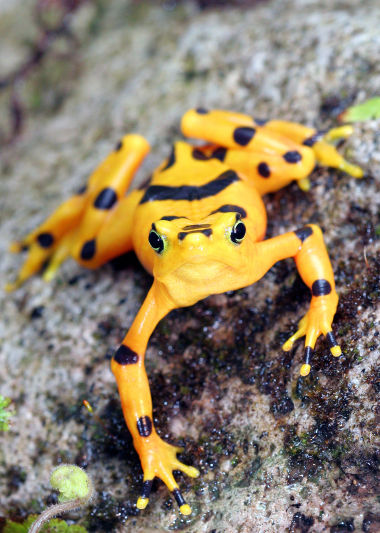 Launch Gallery
Launch Gallery -
National Geographic
-
Smithsonian breeding program
-
Last filming in the wild (BBC)
-
Where is their natural habitat?





















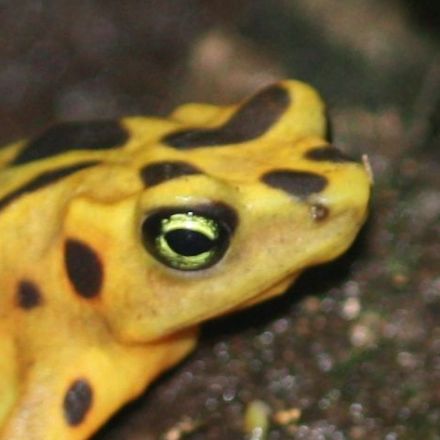


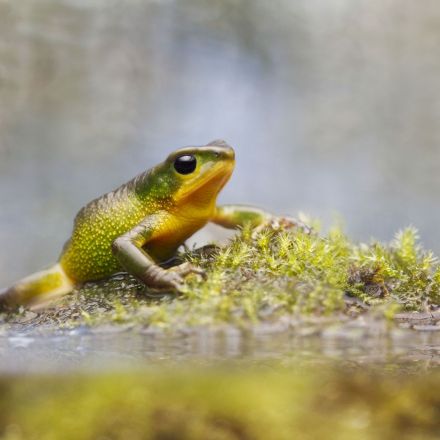
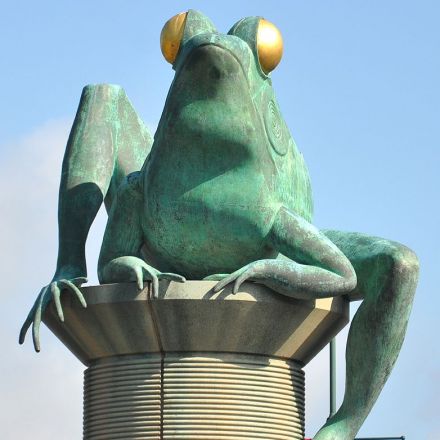
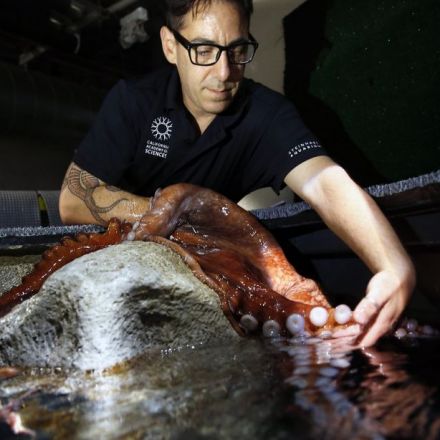
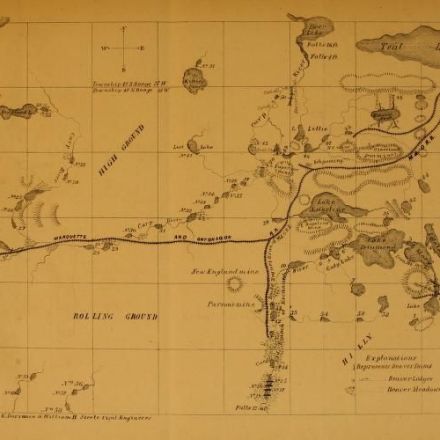
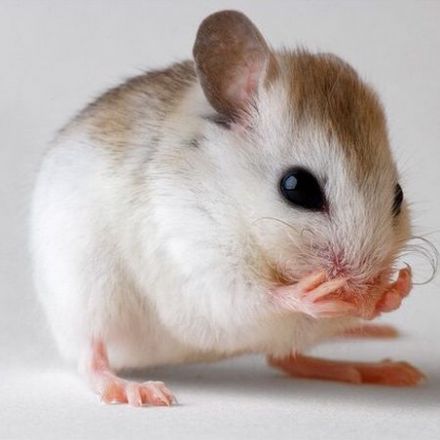
Join the Discussion
Thanks for all the great info. Really appreciate it.